How to Photograph Markets and Street Scenes with Authenticity
When it comes to capturing the essence of bustling markets and vibrant street scenes, authenticity is key. Authenticity in photography goes beyond just taking a picture; it's about telling a story, evoking emotions, and truly connecting with the environment you are documenting. To achieve this level of authenticity in your market and street photographs, there are several tips and techniques that can elevate your images from ordinary to extraordinary.
Before you even lift your camera, take the time to immerse yourself in the environment. Observe the dynamics, colors, and interactions happening around you. Markets and streets are full of life, each with its own unique vibe and character. By understanding the environment, you can identify those special moments that make for compelling photographs.
One of the best ways to capture authentic moments is by engaging with the people in the market or street scene. Building rapport and trust with the locals can lead to candid shots that reflect the true spirit of the place. Take the time to connect with your subjects, and you'll be rewarded with genuine expressions and heartfelt moments.
Lighting plays a crucial role in photography, and in markets and streets, it can create a dramatic effect. Experiment with natural light, shadows, and even artificial lighting to add depth and mood to your images. By playing with light and shadows, you can enhance the visual interest of your market and street photographs.
Composition is the backbone of a great photograph. Explore different framing techniques, angles, leading lines, and perspectives to compose visually appealing images that tell a story. By carefully framing your shots, you can capture the essence of the market or street scene in a captivating way.
Details matter in photography, especially in markets and streets where every corner is filled with stories. Focus on the intricate details, textures, and close-up shots to reveal the beauty and character of everyday life. These close-ups can add a layer of depth and authenticity to your photographs.
People are an integral part of market and street scenes. Incorporating human subjects in your photographs adds a sense of scale, emotion, and connection. By including people in your shots, you make your images more relatable and engaging, drawing viewers into the scene.
Post-processing is a valuable tool in photography, but it should be used thoughtfully to maintain the authenticity of your images. Enhance, refine, and adjust your market and street photographs while staying true to the original scene. Editing should complement your storytelling, not overshadow it.
Once you have captured authentic moments in markets and streets, it's time to share your story with the world. Whether through social media, blogs, exhibitions, or publications, find ways to convey the unique narratives and experiences you've captured through your lens. Let your photographs speak for themselves and connect with your audience on a deeper level.
Stay tuned for answers to common queries about photographing markets and street scenes authentically.
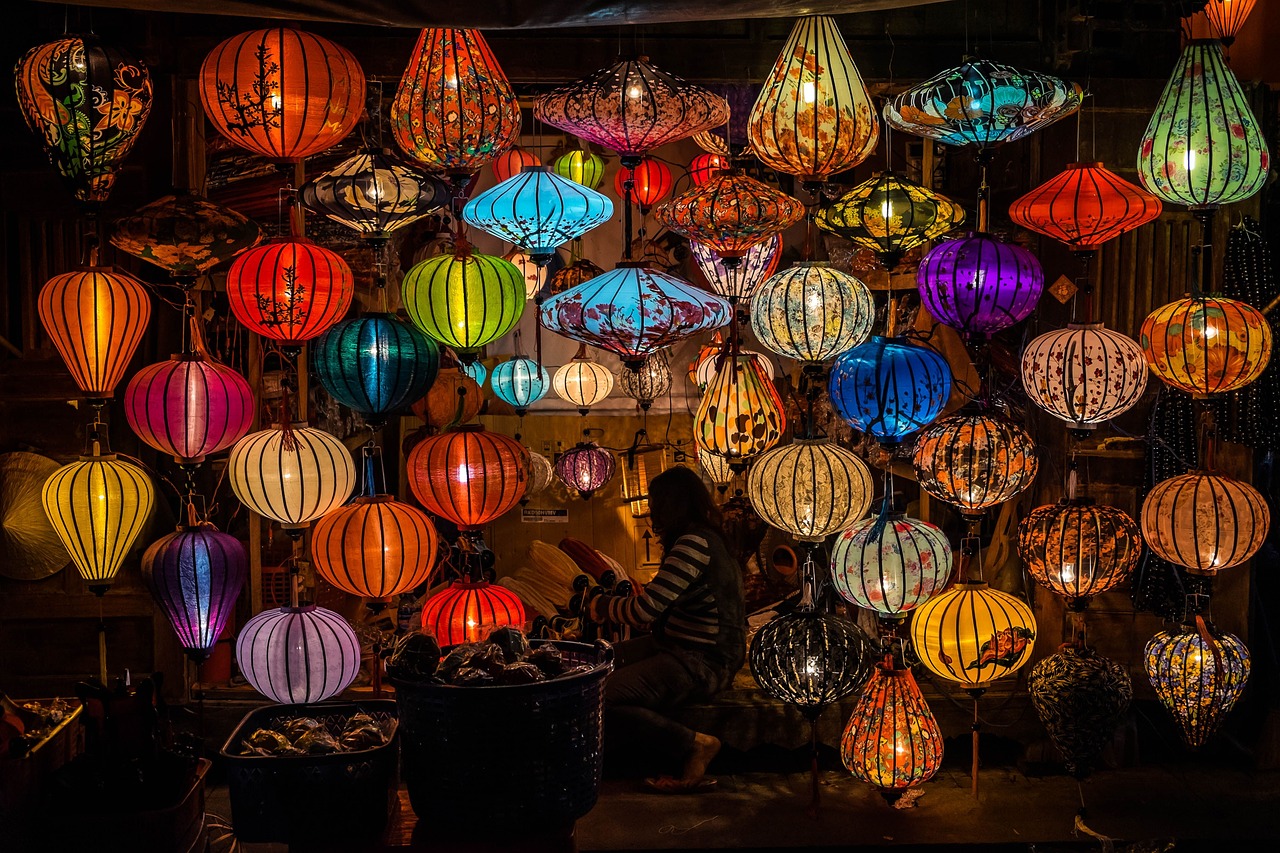
Understanding the Environment
Tips and techniques for capturing genuine moments and scenes in marketplaces and streets, creating authentic and compelling photographs that tell stories and evoke emotions.
Observing the dynamics, colors, and interactions in markets and streets is crucial to identifying unique photo opportunities and connecting with the essence of the place. By immersing yourself in the environment, you can uncover hidden gems that portray the true spirit of the location. Imagine the market or street as a vibrant canvas filled with life waiting to be captured through your lens. Just like a detective solving a mystery, you need to keenly observe every detail to reveal the authenticity and charm of the scene.
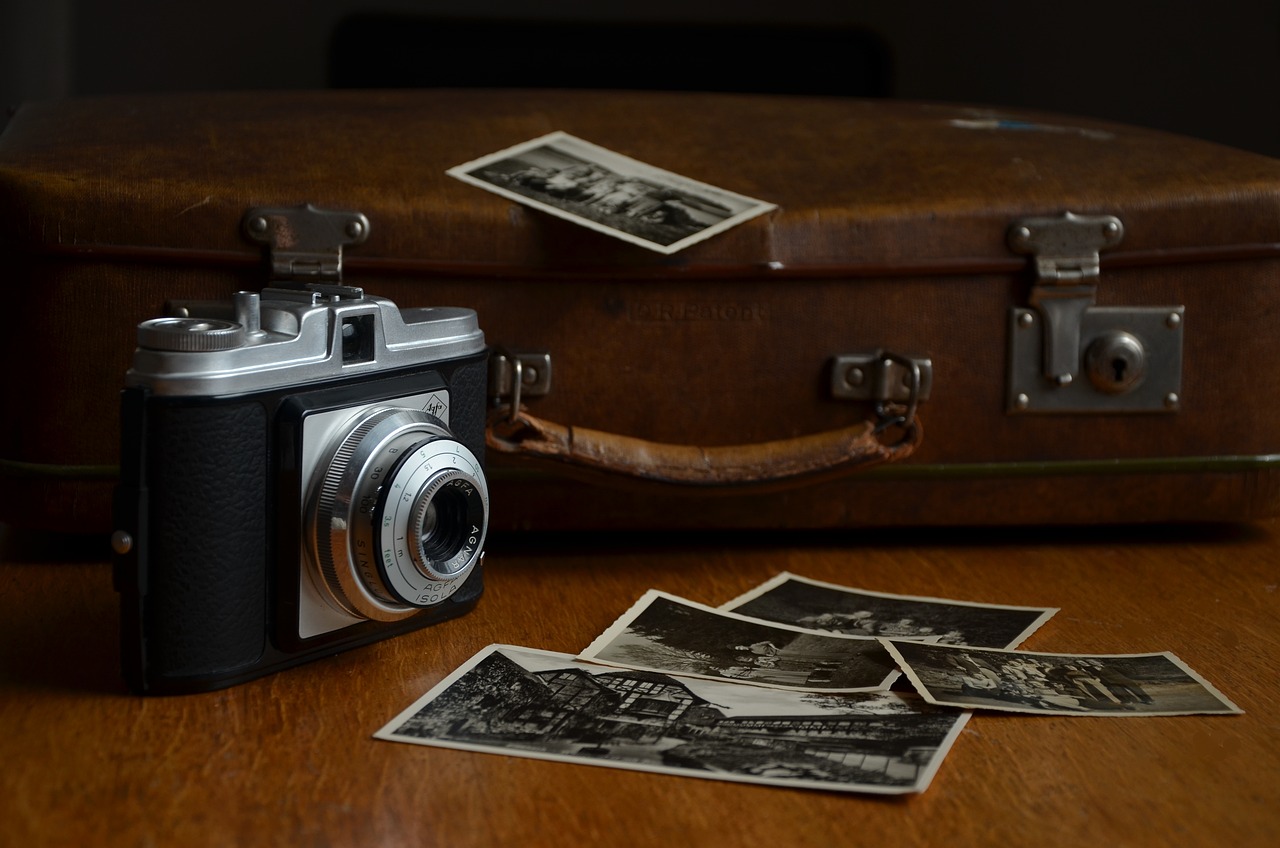
Engaging with the Locals
When it comes to capturing authentic moments in marketplaces and streets, is key. Building a connection with the people in the scene not only allows you to capture genuine expressions but also adds a layer of authenticity to your photographs. Imagine yourself as a storyteller, seeking to unravel the narratives woven into the fabric of the place.
One effective way to engage with the locals is to approach them with respect and genuine curiosity. Take the time to observe their daily activities, interact with them, and show interest in their lives. By establishing a rapport based on mutual respect, you create a comfortable environment that encourages natural interactions and candid moments.
Consider immersing yourself in the local culture by learning a few words of the language or understanding the customs and traditions. This not only shows your respect for the community but also helps you connect on a deeper level, allowing you to capture moments that truly reflect the spirit of the place.
Listening actively to the stories and experiences shared by the locals can provide valuable insights and perspectives that can enrich your photographs. Their narratives can inspire you to look beyond the surface and capture the essence of the community in a more profound way.
Remember, is not just about taking photos; it's about building relationships and creating a shared experience. By immersing yourself in the environment and connecting with the people, you open doors to a world of stories waiting to be told through your lens.
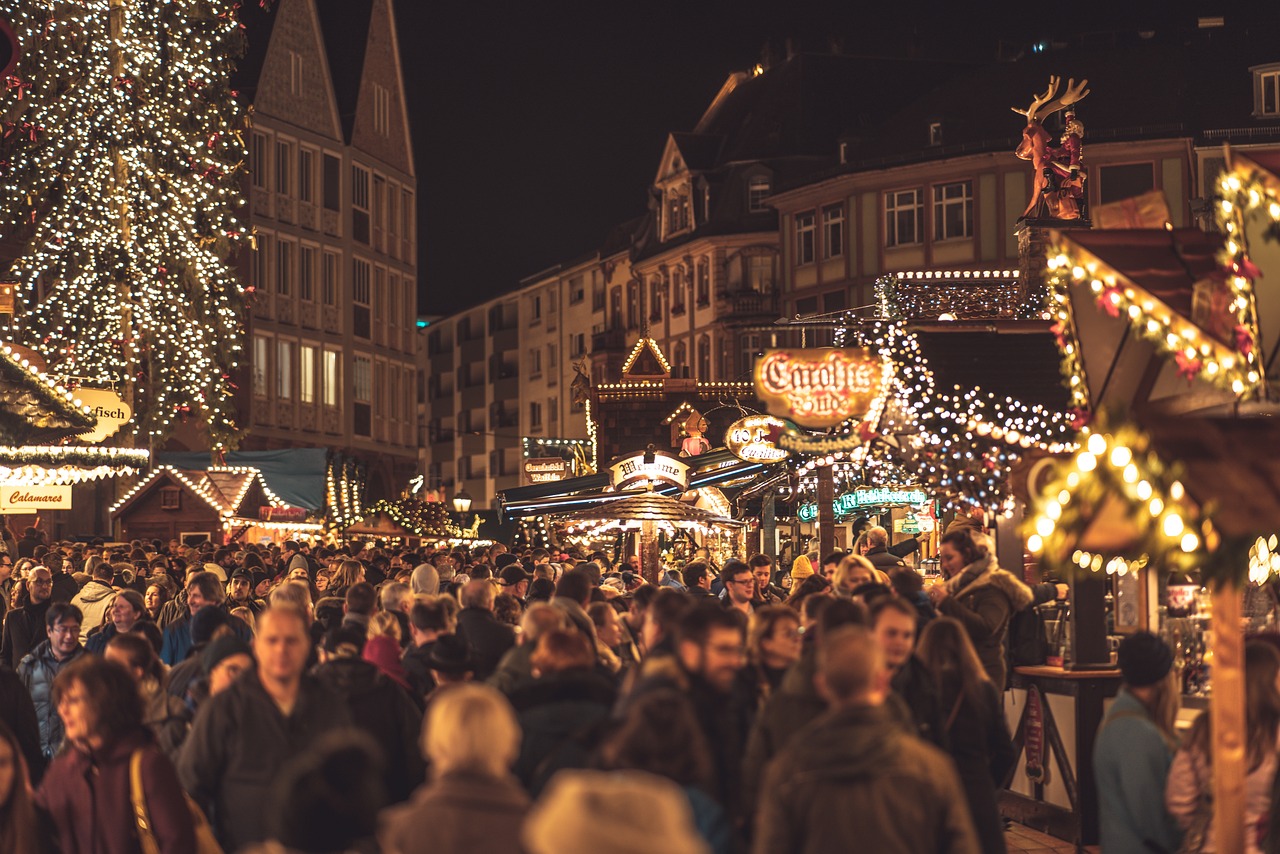
Playing with Light and Shadows
When it comes to capturing the essence of marketplaces and street scenes, one of the most crucial elements to consider is light and shadows. Playing with light and shadows can completely transform the mood and atmosphere of your photographs, adding depth and visual interest that elevates your images to a whole new level.
Imagine the warm, golden light of the setting sun casting long shadows across a bustling market, highlighting the intricate details of the stalls and the expressions of the vendors. Or the dramatic contrast of light and shadow in a narrow alleyway, creating a sense of mystery and intrigue that draws the viewer in.
One effective technique is to utilize natural light to your advantage. Observe how the light falls on your subjects and the surrounding environment, and experiment with different angles to create interesting patterns and textures. Early morning and late afternoon light can often provide a soft, warm glow that enhances the colors and shapes in your photos.
Additionally, don't be afraid to play with artificial lighting sources such as street lamps, neon signs, or shop lights. These sources can add a dynamic element to your images, creating unique contrasts and highlights that make your photos stand out.
When editing your photos, pay attention to how you can enhance the play of light and shadows to emphasize certain elements or create a specific mood. Adjusting the contrast, highlights, and shadows in post-processing can help you achieve the desired look while maintaining the authenticity of the scene.
Remember, light and shadows are not just technical aspects of photography but powerful storytelling tools. By mastering the art of playing with light and shadows, you can create captivating images that not only document a moment but also evoke emotions and tell compelling stories.
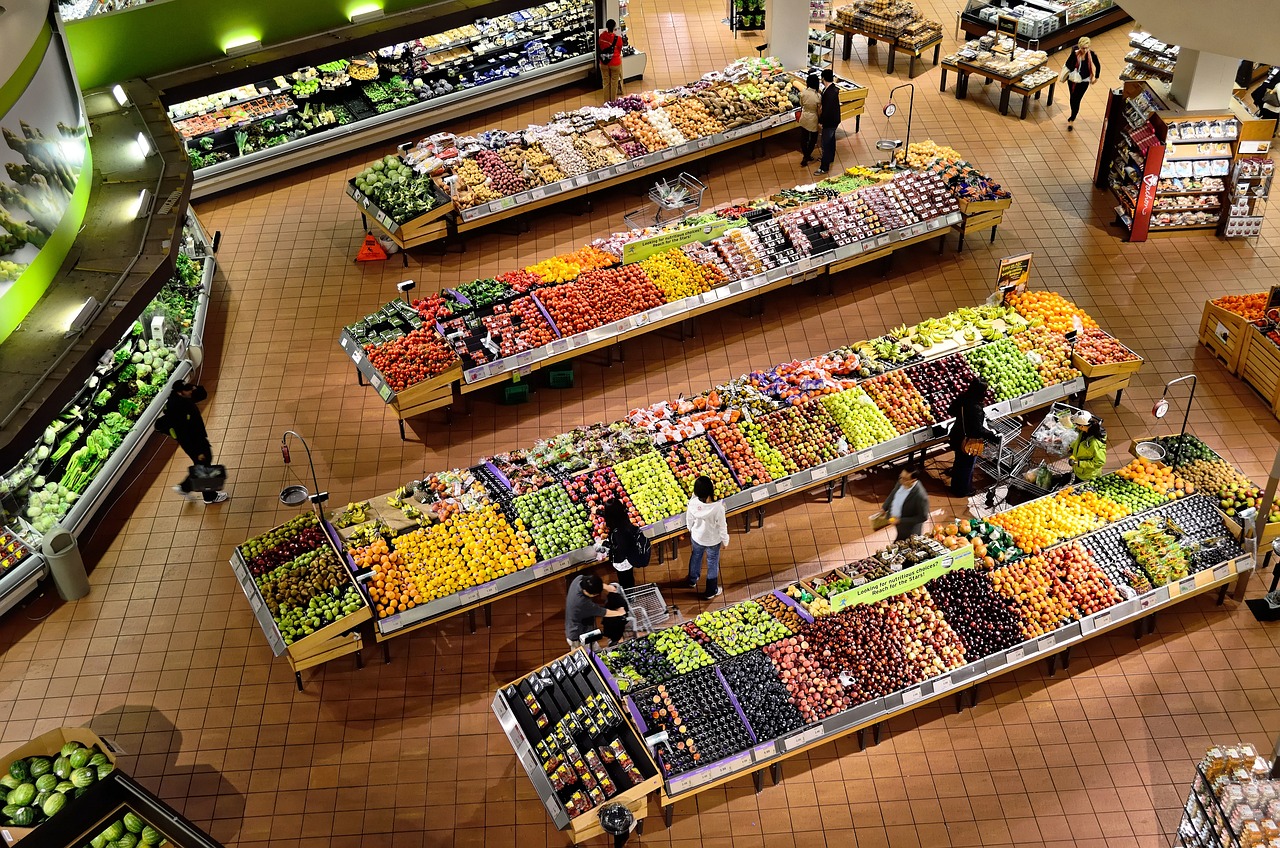
Framing and Composition Techniques
Tips and techniques for capturing genuine moments and scenes in marketplaces and streets, creating authentic and compelling photographs that tell stories and evoke emotions.
When it comes to framing and composition in photography, the way you position elements within your frame can make or break a shot. It's like putting together a puzzle where each piece plays a crucial role in telling the complete story. By exploring different framing techniques, angles, leading lines, and perspectives, you can compose visually appealing images that not only capture the essence of the market or street scene but also draw the viewers into the narrative.
Imagine your camera as a canvas, and each click as a brushstroke painting a vivid picture. Framing is your tool to guide the viewer's eye through the photograph, highlighting key elements and creating a sense of depth. Experiment with framing your subject off-center, using natural elements like archways or windows to frame the scene, or incorporating foreground elements to add layers to your composition.
Composition is the arrangement of elements within the frame to create a harmonious and balanced image. Consider the rule of thirds, where you divide your frame into three equal parts both horizontally and vertically, placing key elements along these lines or at their intersections for a visually pleasing composition. Leading lines can draw the viewer's eye into the photograph, guiding them towards the main subject or point of interest.
Remember, photography is not just about capturing what is in front of you but also about how you choose to present it. Play with different perspectives, such as shooting from a low angle to emphasize the grandeur of a market stall or getting up high for a bird's eye view of a bustling street scene. The key is to experiment, break the rules, and find your unique style that reflects the authenticity and spirit of the market or street you are photographing.
- How can I ensure my street photographs are authentic?
- What are the best ways to engage with locals for candid shots?
- Which post-processing techniques can enhance the authenticity of my market photos?
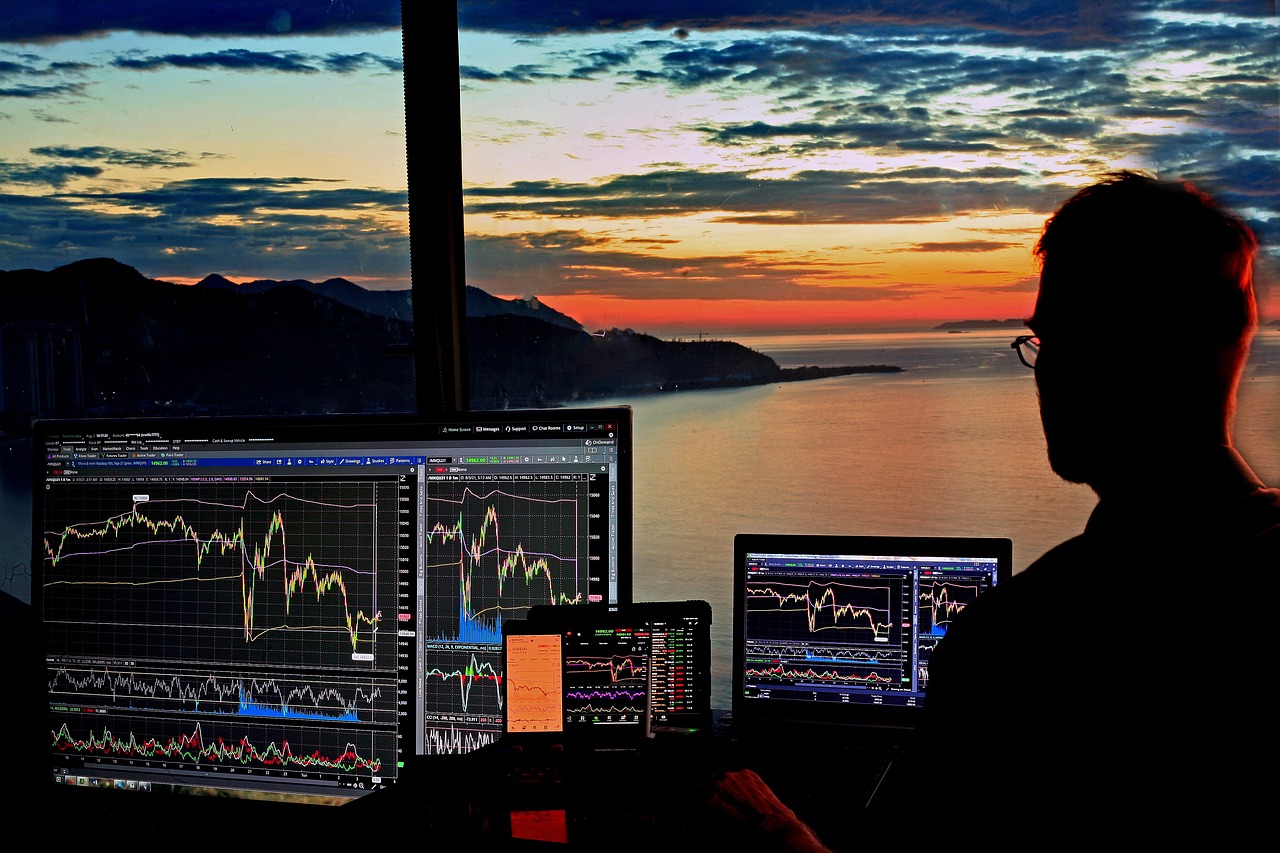
Capturing Details and Close-ups
When it comes to capturing details and close-ups in marketplaces and street scenes, it's all about delving into the intricate elements that make up the essence of everyday life. By focusing on the small details and textures, you can reveal the beauty and character of a place in a compelling way. Whether it's the weathered hands of a street vendor, the vibrant colors of fresh produce in a market stall, or the patterns of cobblestone streets, close-up shots allow you to showcase the unique aspects that define a location.
One effective technique for capturing details is to use a macro lens, which enables you to get up close and personal with your subjects. This type of lens is ideal for highlighting the fine details and textures that may go unnoticed in wider shots. By exploring the intricate patterns, textures, and nuances of a scene, you can create visually captivating images that draw viewers in and invite them to explore further.
Another approach to capturing details is to play with depth of field, selectively focusing on specific elements while blurring out the background. This technique can help emphasize the subject of your photo, whether it's a unique architectural detail, a piece of street art, or a colorful array of products in a market. By controlling the depth of field, you can guide the viewer's eye to the most important elements of the scene, creating a sense of intimacy and engagement.
Close-up shots also offer an opportunity to convey emotion and storytelling through subtle details. From the wrinkles on a face to the texture of a worn-out piece of clothing, these small elements can evoke powerful emotions and narratives within your photographs. By honing in on these details, you can create images that resonate with viewers on a personal level, sparking their imagination and inviting them to connect with the story behind the image.
Remember, capturing details and close-ups is not just about technical precision; it's about capturing the essence and soul of a place. By immersing yourself in the textures, colors, and patterns of marketplaces and streets, you can uncover hidden gems that tell a deeper story about the culture, history, and people of a location. So, next time you're out shooting, don't forget to zoom in, explore the small details, and let them speak volumes in your photographs.
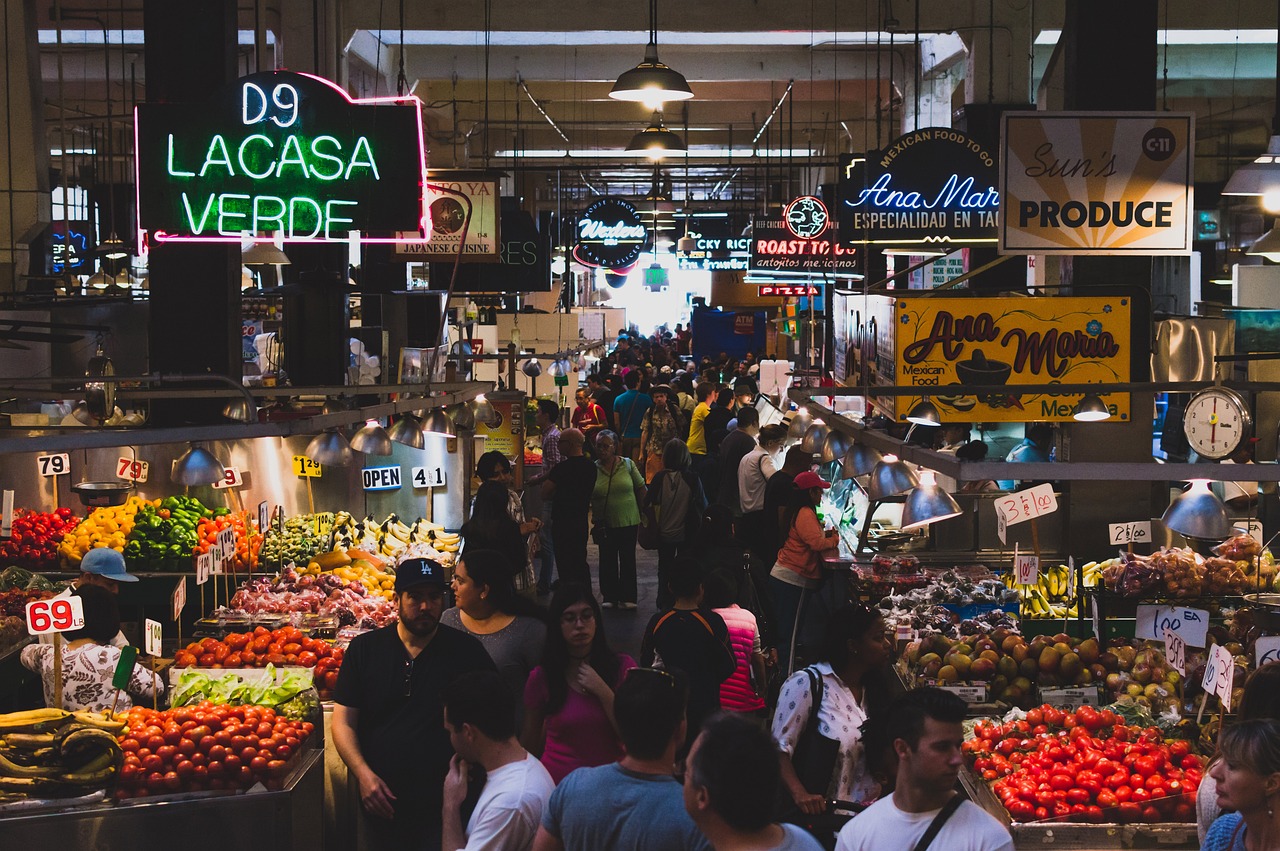
Adding Human Element
When it comes to capturing the essence of marketplaces and street scenes, incorporating the human element is crucial. People bring life, emotion, and a sense of scale to your photographs, making them more relatable and engaging for viewers. Including individuals in your market and street shots can create a stronger connection between the audience and the scene you are portraying.
Imagine a bustling market with vendors calling out, shoppers browsing, and children playing. By including these human interactions in your photographs, you not only document the moment but also convey the energy and vibrancy of the place. The expressions, gestures, and interactions of people can tell stories within your images, adding depth and emotion to your visual narrative.
Furthermore, incorporating the human element allows viewers to place themselves in the scene, fostering a sense of empathy and connection with the subjects. Whether it's a street performer captivating a crowd or a vendor passionately discussing their products, human subjects can evoke a range of emotions and experiences in your photographs.
When framing your shots, consider how the presence of people can enhance the composition. They can serve as focal points, leading lines, or elements that guide the viewer's eye through the image. By strategically positioning human subjects within the frame, you can create dynamic and compelling compositions that draw the audience into the scene.
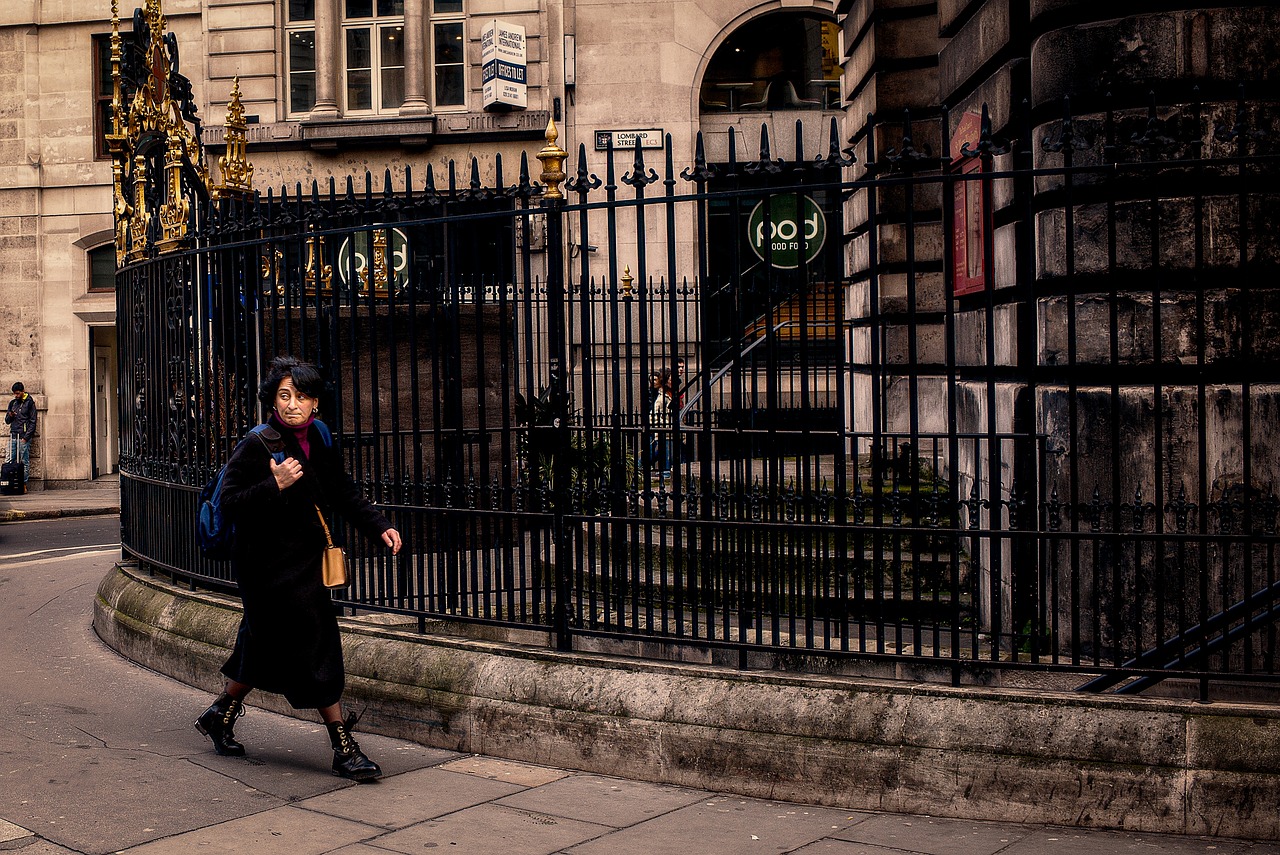
Editing for Authenticity
Editing plays a crucial role in maintaining the authenticity of your market and street photographs. It involves post-processing techniques that enhance the visual appeal of your images while ensuring they remain true to the original scene. By carefully editing your photos, you can refine the colors, contrast, and overall look to better convey the atmosphere and emotions captured in the moment.
When editing for authenticity, it's essential to strike a balance between enhancing the image and preserving its genuine feel. Avoid over-editing that distorts the reality of the scene, instead focus on subtle adjustments that bring out the natural beauty and essence of the market or street environment. Pay attention to details like exposure, sharpness, and color accuracy to maintain the integrity of the original shot.
One effective technique is to use editing tools to emphasize the unique characteristics of the market or street scene. Enhance the vibrancy of colors to reflect the liveliness of the environment, or adjust the contrast to highlight the textures and details that make the place distinctive. By enhancing these elements, you can create images that are visually captivating yet authentic in their representation.
Furthermore, consider the mood and tone you want to convey through your editing choices. Experiment with different styles, such as black and white conversions or vintage filters, to evoke specific emotions and enhance the storytelling aspect of your photographs. Remember that authenticity in editing is about staying true to the essence of the moment and capturing its raw beauty in a compelling way.
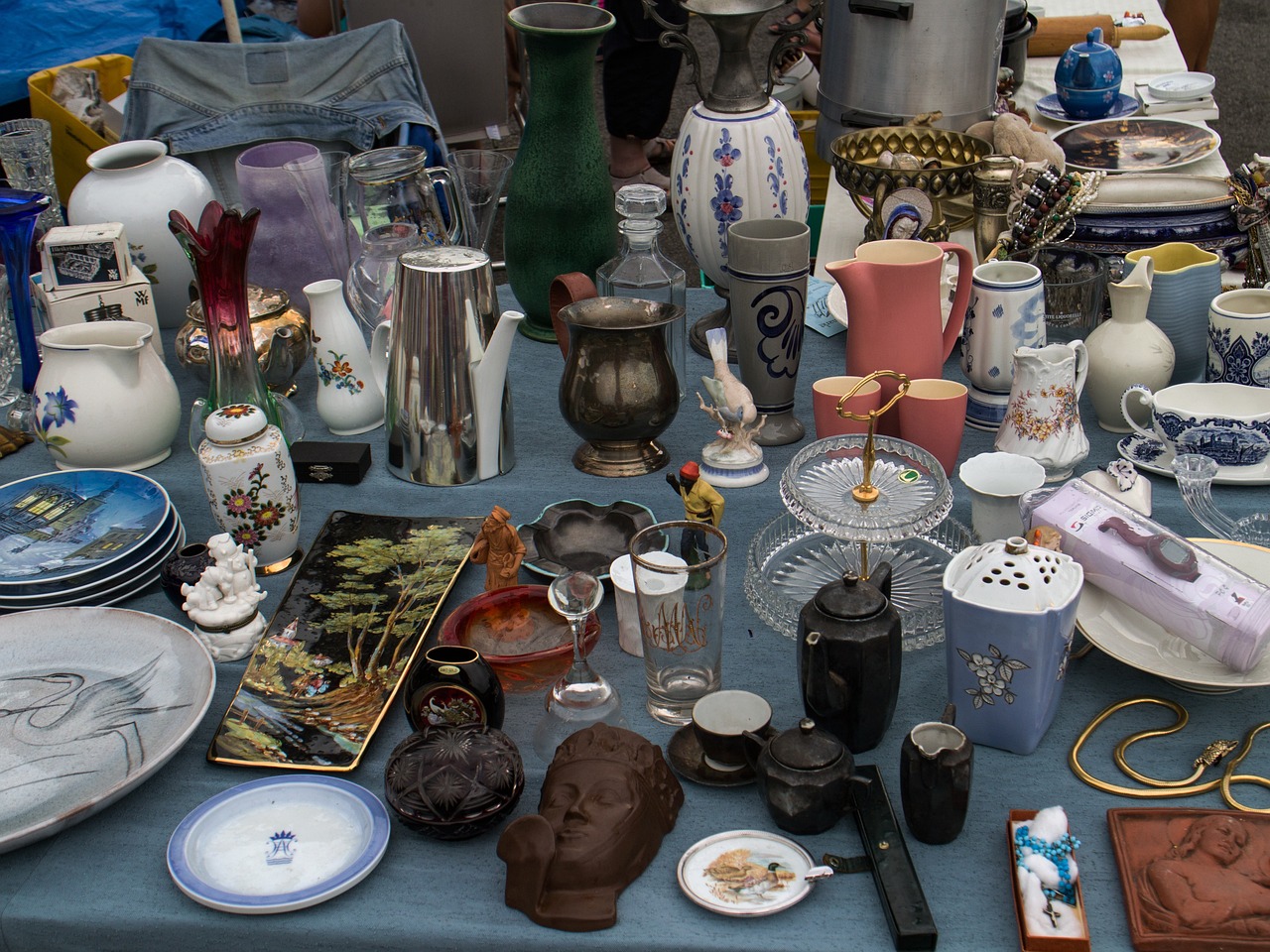
Sharing Your Story
When it comes to through market and street photography, authenticity is key. Your photographs are not just images; they are windows into the unique narratives and experiences you've encountered in these bustling environments. To effectively convey the essence of your captures, it's crucial to choose the right platforms and mediums for sharing.
One way to share your story authentically is through social media. Platforms like Instagram, Facebook, and Twitter offer a vast audience eager to engage with visual content. By curating your feed with a cohesive theme and narrative, you can draw viewers into the world you've captured through your lens.
Another avenue for is through blogs or personal websites. Here, you have the freedom to delve deeper into the context behind your photographs, sharing anecdotes, behind-the-scenes moments, and the emotions that drove you to press the shutter. This personal touch adds layers to your images, making them more than just visual representations.
For those looking to showcase their work in a physical space, exhibitions provide a tangible way to share your story. Whether in galleries, pop-up events, or community spaces, displaying your market and street photographs allows viewers to immerse themselves in the sights and stories you've captured. The interaction between the audience and your work can create a powerful connection, enriching the storytelling experience.
Lastly, consider submitting your photographs to publications or online platforms that align with your vision. Magazines, websites, and photography journals offer opportunities to reach a wider audience and connect with like-minded individuals who appreciate the art of storytelling through images. By sharing your work in these spaces, you contribute to a larger conversation about the beauty and diversity found in markets and streets around the world.
Frequently Asked Questions
- How can I capture authentic moments in market and street photography?
To capture authentic moments in market and street photography, it's essential to immerse yourself in the environment, observe the interactions, and connect with the essence of the place. Engaging with locals, playing with light and shadows, and focusing on details all contribute to creating genuine and compelling photographs.
- What are some tips for building rapport with locals in market and street scenes?
Building rapport with locals involves showing genuine interest, being respectful, and taking the time to communicate and connect with them. By approaching people with an open mind and a friendly attitude, you can create a comfortable atmosphere that leads to capturing candid and authentic moments.
- How important is natural light in market and street photography?
Natural light plays a crucial role in setting the mood, adding depth, and enhancing the visual appeal of market and street photographs. By understanding how light interacts with the environment, you can create stunning images that evoke emotions and tell compelling stories.
- What post-processing techniques can I use to maintain authenticity in my photos?
When editing market and street photographs, it's important to preserve the authenticity of the scene. Avoid over-editing and focus on enhancing the natural elements of the image. Techniques like adjusting contrast, color balance, and sharpness can help refine your photos while staying true to the original moment.
- How can I effectively share my market and street photography on social media?
To share your photography authentically on social media, consider the story behind each image and the emotions it conveys. Engage with your audience by providing context, behind-the-scenes insights, and personal experiences related to the photos. Utilize hashtags, captions, and interactive features to create a meaningful connection with viewers.



















